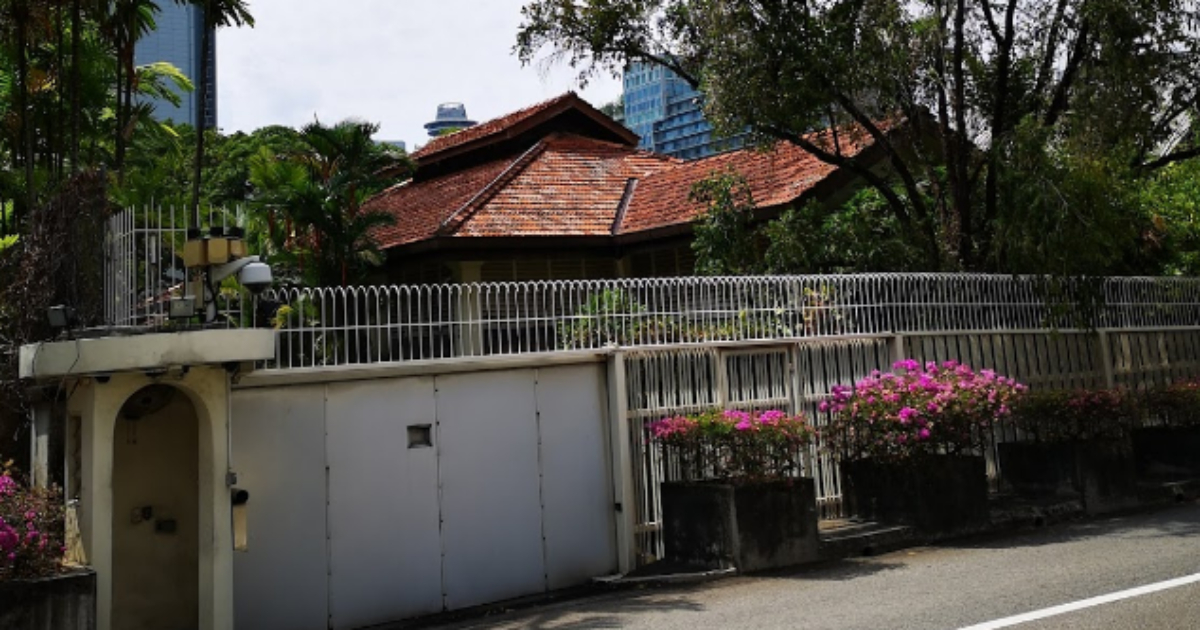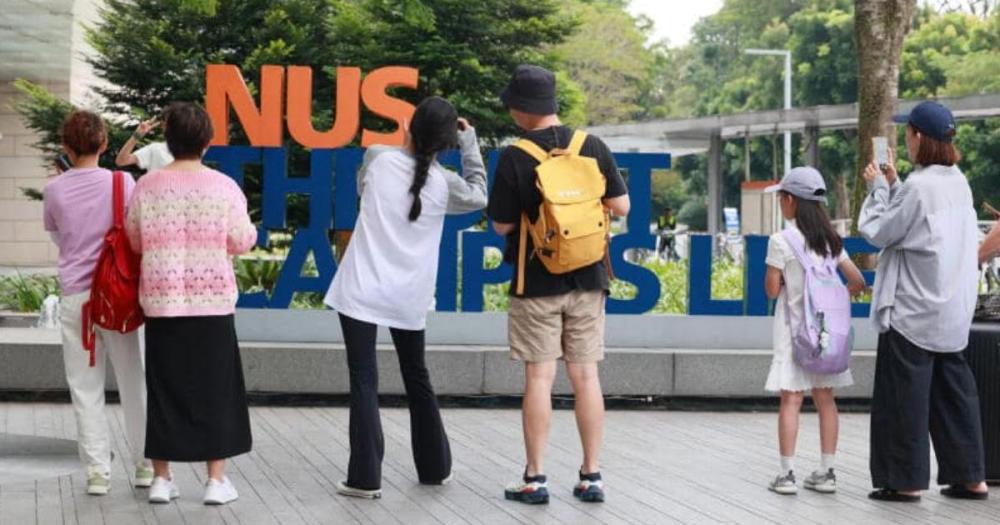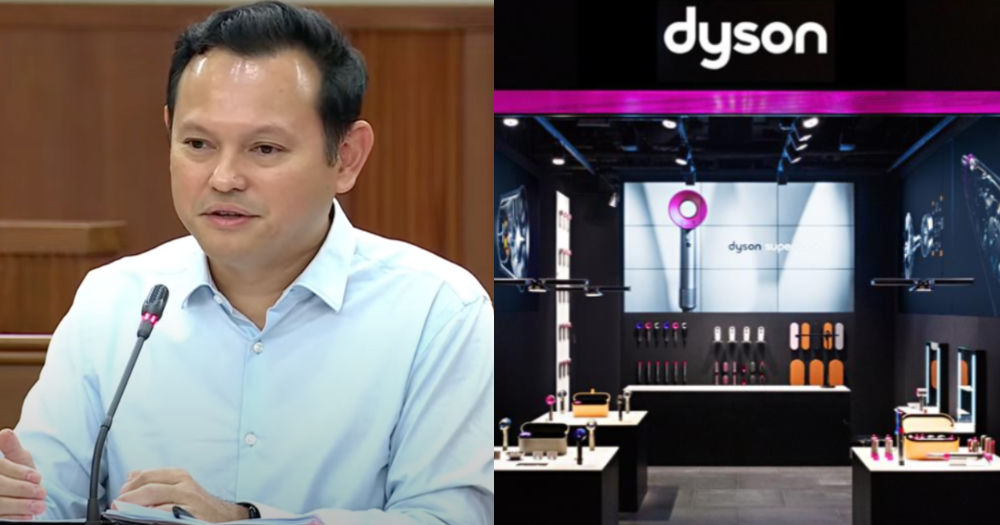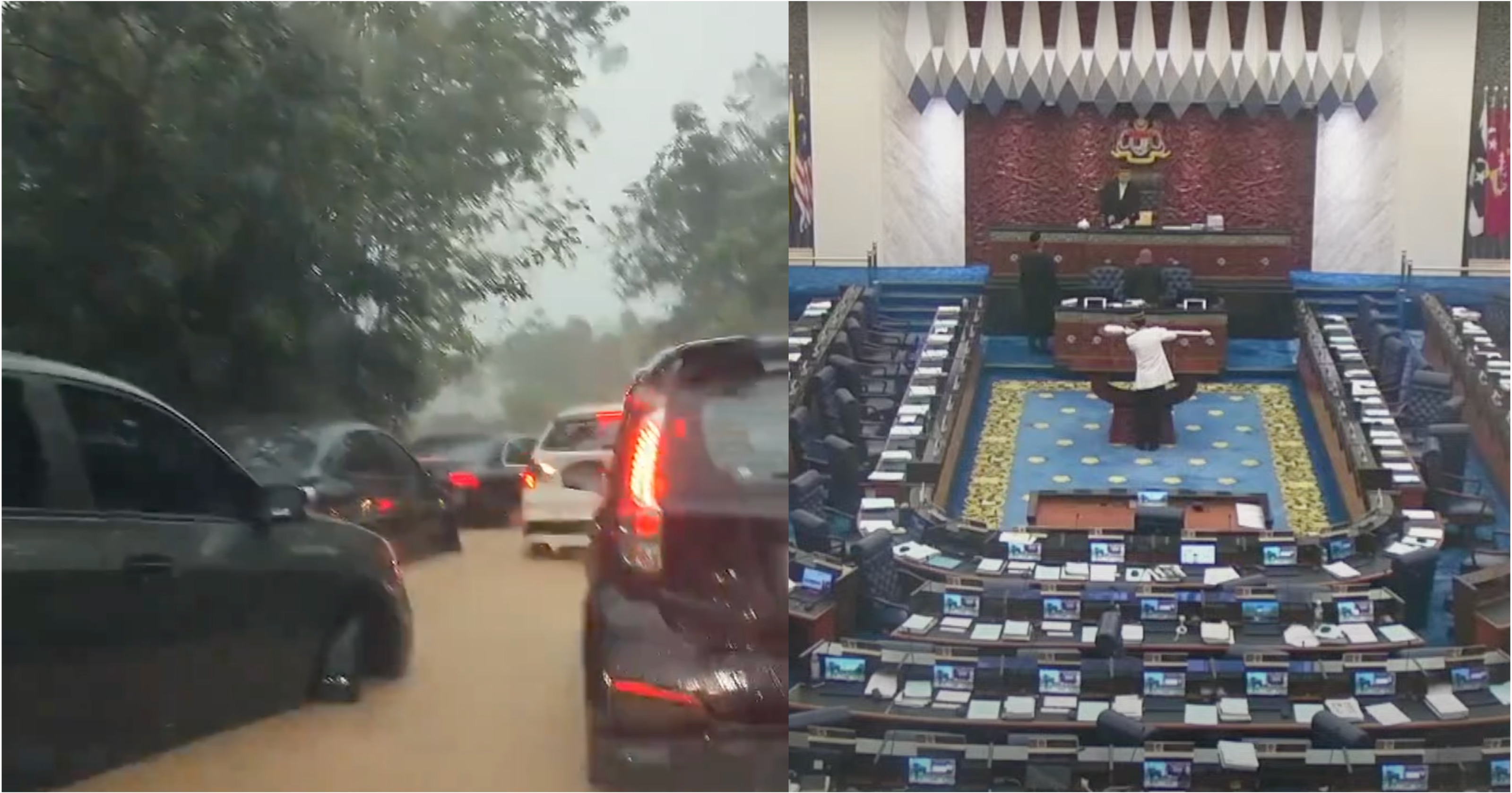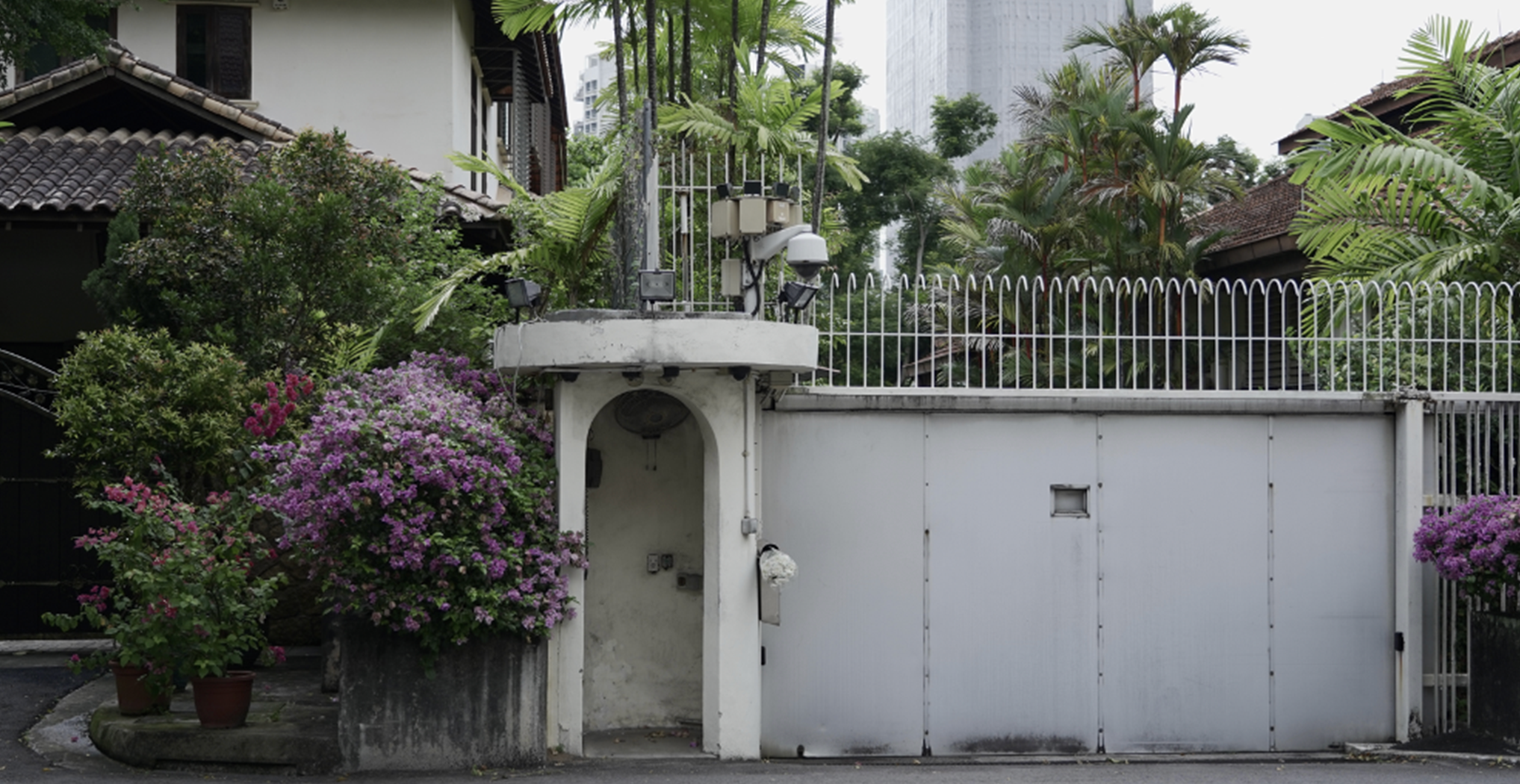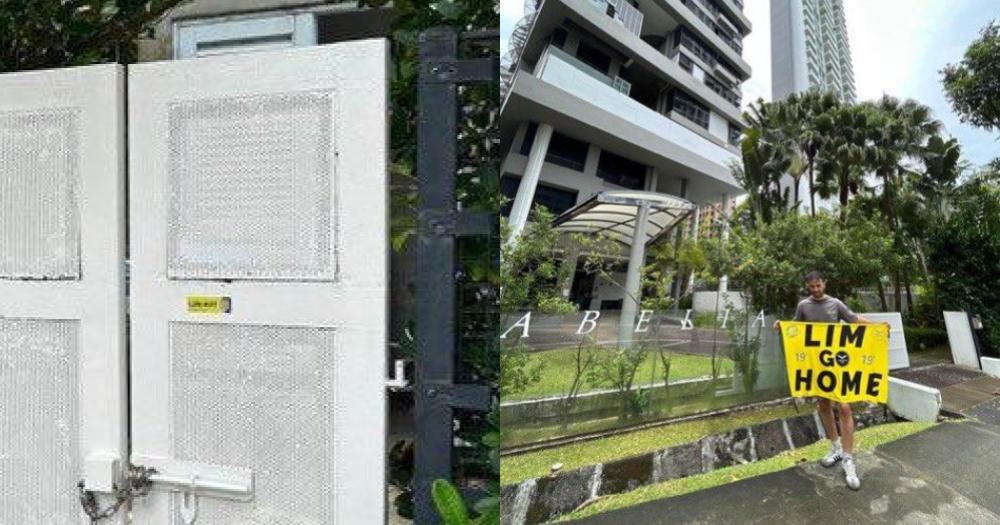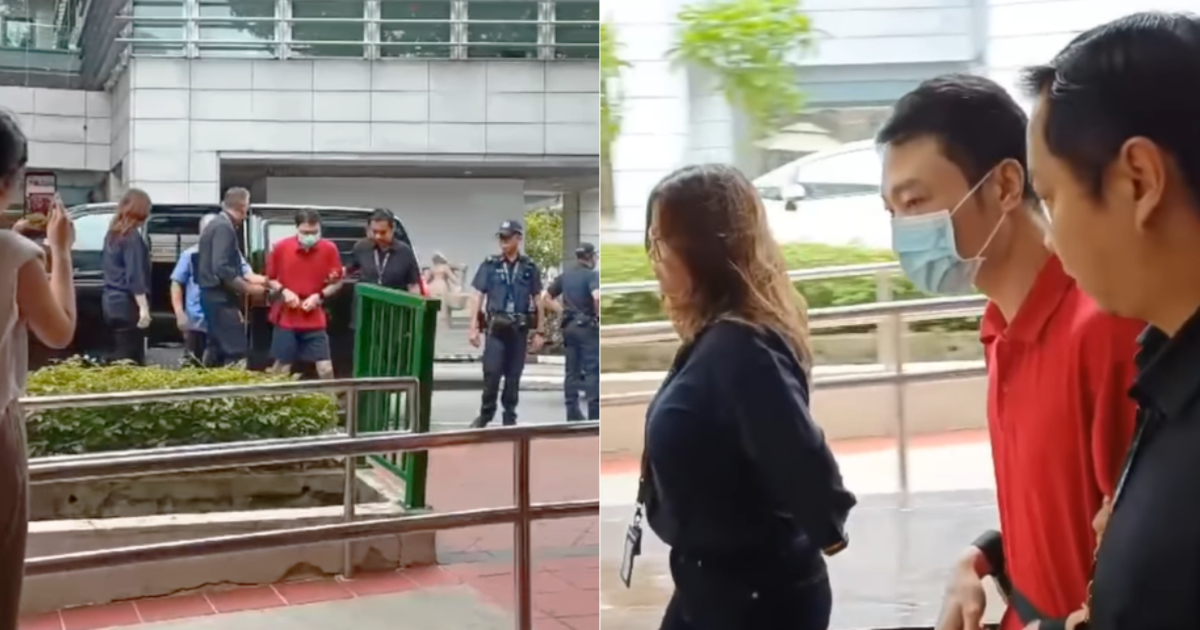SMRT to bear costs of disruption & penalised for any lapses, but fare reviews should be kept separate: Chee Hong Tat
The disruption to the East-West Line on Sep. 25 affected about 500,000 passenger journeys each day, out of 2.8 million daily train-based journeys.
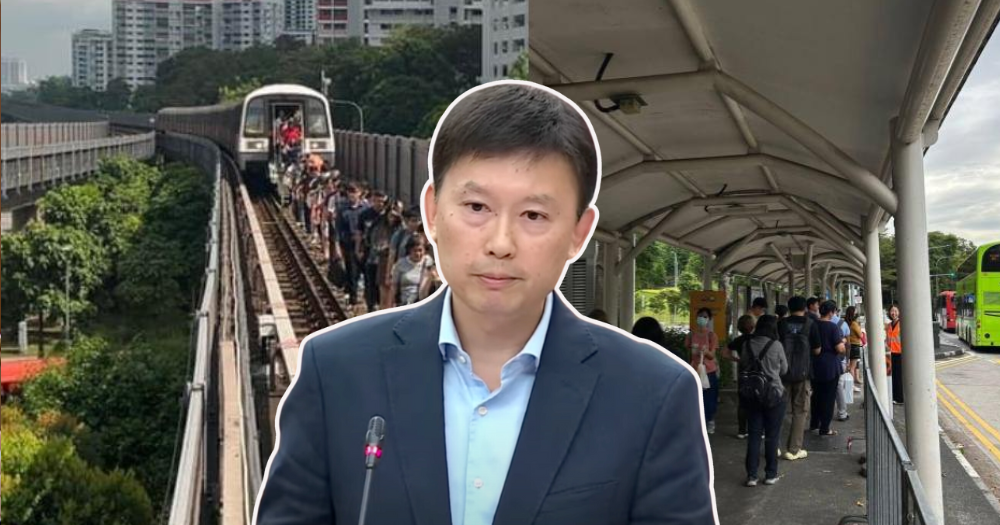
SMRT will bear the costs of providing the free bridging buses and regular bus services, the foregone fare revenue during the disruption, and the repair works, said Minister for Transport Chee Hong Tat.
This will be the case regardless of the outcome of the investigation, he said.
However, if the investigations reveal any lapses, the Land Transport Authority (LTA) will mete out penalties.
Whether the disruption will affect fares, Chee said that disruptions and service levels should not be taken into account in the Fare Review Exercise.
Chee was making a ministerial statement in parliament on Oct. 15, following a total of 31 parliamentary questions that were submitted regarding the East-West Line train disruption that occurred from Sep. 25 to 30.
Chee addressed these questions and provided more explanations of the events of the incident.
He began by apologising to the affected commuters, emphasising the scale of the disruption:
“The severe disruption to the East-West Line on Sep. 25 affected about 500,000 passenger journeys each day, out of 2.8 million daily train-based journeys.”
The damage incurred was extensive, necessitating repairs over more than five days, he said.
What happened — Day 1
On the morning of Sep. 25, around 9am, a possible fault was reported on train T33, a first-generation Kawasaki Heavy Industries (KHI) train traveling eastbound near Clementi station, Chee said.
Smoke was detected, prompting SMRT to halt the train at Clementi station and safely evacuate passengers.
The train was subsequently withdrawn to Ulu Pandan Depot, but an axle box dislodged during the return journey, causing severe damage to approximately 2.55 kilometres of the track and trackside equipment, including point machines, power cables, running rail fasteners, and third rails.
By 9:25am, when the train reached the reception track leading to the Ulu Pandan Depot, the significant damage to the trackside equipment caused a power trip along parts of the East-West Line, Chee explained.
As a result, the incident train stalled between the reception track and the main line.
Four other trains between Clementi and Buona Vista stations also stalled due to the power trip. Three of these were at stations, where commuters could alight at the platforms.
One of the trains carrying passengers stalled about 40 metres before the platform at Clementi station.
LTA’s crisis management group was activated.
To ensure that commuters could continue their journey, SMRT activated free regular buses within five minutes at around 9:30am, and bridging buses between Boon Lay and Queenstown stations by 9:50am, Chee said.
The bridging buses arrived from 9:58am onwards, he added.
When SMRT staff attempted to restore train service, they realised that it would not be possible for trains to pass through the affected section of the East-West Line before the repairs were completed, he said.
He elaborated on the efforts by LTA and SMRT:
"To preserve service along as much of the East-West Line as possible, SMRT decided to run shuttle services, which are trains that travel back and forth along the same track.
After confirming that the tracks between these segments were safe, SMRT commenced shuttle services between Queenstown and Buona Vista stations, and between Boon Lay and Jurong East stations, at 3:56pm and 4.11pm respectively, ahead of the evening peak on Sep. 25.
The shuttle service continued to be supported by bridging bus services that connected commuters between Queenstown and Boon Lay."
What happened — Day 2 onwards
On the second day of the disruption on Sep. 26, free regular buses and bridging buses resumed at the start of revenue services at 5am, with 80 bridging buses deployed during the morning peak, Chee said.
Overnight, SMRT, LTA, and other bus operators had set up queue poles, signages, and other equipment to better direct commuters to the bridging buses.
SMRT and LTA also arranged for chartered taxis to provide free rides for students and teachers travelling to PSLE examination venues from Jurong East, Clementi, Dover, and Buona Vista stations.
This service was similarly provided for those travelling to their PSLE or N-level examination venues on Sep. 27 and 30.
By the evening, LTA and SMRT determined that the repairs could be completed only over the weekend given the extensive damage to the tracks and trackside equipment.
For the next two days – Friday and Saturday – the workers continued to carry out the repair works day and night, he said.
Repair works were completed on Sep. 28 and stress and loading tests were then carried out in the evening to ensure the tracks were functioning safely before resumption of train services.
However, 12 new cracks, previously not visible to the naked eye, were detected on 10 unreplaced segments of running rail after these tests.
These cracks could be due to the rail segments being weakened earlier by the incident train when it was being moved back to Ulu Pandan Depot, he explained.
He used a Kung Fu analogy: "It is like sustaining internal injuries that are not immediately visible from the outside and showing symptoms a while later."
The 10 rail segments with these new cracks needed to be replaced before service could safely resume, which required an additional day of work, including thorough testing and inspection after repairs had been completed.
The engineers and technicians from LTA and SMRT continued to work through Sep. 29 and comprehensive testing of the rail and track equipment continued on Sep. 30 to ensure the integrity of the repaired systems, he said.
Regular train services between Jurong East and Buona Vista stations resumed on the morning of Oct. 1.
Root cause of incident
In response to questions about the root cause of the incident, Minister Chee confirmed that investigations would be thorough.
“LTA will conduct a thorough investigation to ascertain the root cause of the axle box failure,” he stated.
It will also examine the fault detection and incident handling procedures, to determine if appropriate actions were taken, he added.
An Expert Advisory Panel, chaired by former Head of Train Systems for the London Underground Malcolm Dobell and comprising five other local and overseas experts, will support the investigation.
MOT’s Transport Safety Investigation Bureau (TSIB) will also be conducting an independent safety investigation, he shared.
The investigation is expected to be completed in the next few months, and the findings will be released publicly, he said.
He added that LTA will mete out penalties if the investigations reveal lapses.
First-generation KHI trains
On MP Gerald Giam and Dennis Tan's questions about the first-generation KHI trains and their operations and maintenance, Chee said the structural integrity of the trains was assessed by an independent assessor in 2012, who concluded that the trains have a total service life of 38 years.
Chee explained that the reliability of a train depends on several factors, and not only on its age alone.
Trains that remain reliable can continue to be used, if they have not exceeded their service life, he said.
He noted that LTA began taking ownership of rail operating assets as part of the transition to the New Rail Financing Framework (NRFF) in 2016.
Under the NRFF, LTA is responsible for procuring and building up assets such as the train fleet, while rail operators are responsible for maintaining, deploying, and operating the assets, Chee explained.
In 2018 and 2020, after discussions with SMRT, LTA purchased a total of 106 new R151 trains to replace the North-South and East-West Lines’ earliest generations of trains, including the KHI fleet, he said.
However, Chee said the delivery of these trains was delayed by the COVID-19 pandemic, and as such, these trains have been arriving in batches after rigorous testing.
The first batch of three trains was handed over to SMRT and put into service in June 2023.
Since then, LTA has been progressively handing over new R151 trains to SMRT at a rate of about two trains per month.
So far, 34 R151 trains have been handed over to SMRT, he noted.
"The plan is to replace all the KHI trains with the new R151 trains by end-2026, before they reach their 38-year service mark," he said.
Compensation for affected commuters
MP Gan Thiam Poh and Non-Constituency Member of Parliament (NCMP) Hazel Poa asked about compensation for affected commuters.
SimplyGo has been processing refunds in cases where commuters were charged for two journeys instead of one, Chee said.
This is due to them exceeding 45 minutes for transfers between train and bus services, or between different bus services.
He asked commuters to approach SimplyGo for assistance if they have specific queries about their fares.
Meanwhile, those train commuters exiting at stations between Boon Lay and Queenstown stations were not charged for their rail journeys, he noted.
Bridging bus services and regular bus services along this stretch were also provided at no cost to commuters.
Fare Review Exercise
On MP Gerald Giam’s question about whether this incident and service levels can be taken into consideration in the Fare Review Exercise by the Public Transport Council (PTC), Chee explained that PTC had previously studied whether fare reviews should be linked to service levels and disruptions and decided not to adopt this approach.
Chee explained that there are other measures in place to ensure service standards are met.
For service disruptions, LTA would establish the cause and accountability, and mete out penalties where necessary, he said.
In addition, when operators do not meet reliability targets, they will also not receive payments under their incentive schemes, Chee added.
Chee also pointed out that fares are collected for the entire public transport system, including buses and trains, to ensure that the public transport system remains financially sustainable.
"If our fares are not adjusted to reflect rising operating costs, the persistent shortfall would have a chronic impact on service quality and reliability over time. Or if we want to continue topping-up the shortfall via Government subsidies, it means that taxpayers will have to foot a higher bill."
Costs of disruption
NCMP Leong Mun Wai and MPs Poh Li San, and Sharael Taha asked how the costs of the disruption will be covered.
Chee said that SMRT will bear the costs of providing the free bridging buses and regular bus services, the foregone fare revenue during the disruption, and the repair works. This will be the case regardless of the investigation outcome, he said.
This requirement applies to both rail operators should they encounter a disruption along their respective lines, he added.
As for MP Edward Chia’s question about compensation for workers, Chee said LTA and SMRT staff that worked overtime will be given overtime payment accordingly.
Stringent safety standards
Chee fielded questions by MPs on safety standards and maintenance regimes for trains.
Chee said: “LTA imposes stringent safety standards, aligned to international best practices, that operators must comply with. Operators who do not meet these standards will be subject to penalties, and where necessary, they will face additional regulatory conditions and monitoring.”
Chee added that to ensure that equipment and systems remain safe and reliable over time, LTA imposes Maintenance Performance Standards (MPS) under the operator’s license, which set out the requirements that the operator must fulfill in relation to maintenance.
There are also maintenance audits by independent external assessors to ensure operators’ compliance with their maintenance regime, Chee said.
Mean kilometers between failure increased steadily over the decade
Chee also highlighted that the Mean Kilometres Between Failure (MKBF) for the MRT network, which is a reliability benchmark used by cities globally, has steadily increased over the decade.
“Through the combined efforts of LTA and the operators, and supported by our unions and workers, we achieved our MKBF target of at least 1 million train-km in 2019, and have maintained that since for all MRT lines, including the East-West Line.
This is comparable to the most reliable overseas metros,” Chee added.
While the MKBF figures up to end-Sept. 2024 have yet to be published, estimates show that all the MRT lines have achieved our target of at least 1 million train-km, Chee added.
For instance, the East-West Line was estimated to have an MKBF of 2.03 million train-km.
Chee also highlighted efforts made by LTA to improve reliability standards:
“Since 2011, LTA has been working with rail operators to enhance their maintenance regime.
LTA has also upgraded signalling and power systems, and invested in infrastructure such as signalling simulation centres to improve our operators’ ability to diagnose and remedy different faults.
The renewal of the six core systems of the North-South and East-West Lines is another major project which has improved our reliability standards.”
Public transport network more resilient today
Chee said that Singapore’s public transport network, today with its six MRT lines, and a sizeable fleet of buses, is more resilient and better able to cope with disruptions.
Referring to the recent EWL disruption, Chee said that the mitigation measures across the six days enabled most commuters to continue with their journeys, albeit with additional travelling time.
“The system was able to cope throughout the disruption, thanks to the strong efforts by our bus operators and staff on the ground supporting crowd and queue management,” he said.
Chee added: “Once the scale of the disruption on Sep. 25 was assessed, response plans from LTA and public transport operators were activated quickly, including the deployment of 80 bridging buses and hundreds of additional staff. The safety of commuters was paramount, which was why we took the necessary time to complete the repairs and conduct rigorous testing before safely resuming service.”
LTA and TSIB will also conduct thorough investigations, Chee said.
“The investigation findings will be shared publicly. We will learn from this episode, remain vigilant, and work closely with our tripartite partners to continually improve our public transport system,” he added.
Chee also expressed his gratitude to public transport workers and community volunteers for their work in restoring full train services, providing bridging bus services to ferry commuters, and assisting commuters on the ground.
“We greatly appreciate your commitment and professionalism, and how many of you went beyond the call of duty and worked together as a cohesive team to overcome the challenges and help our commuters with their journeys,” he said.
He also thanked commuters and the public for their patience and understanding, and for showing care and concern to staff:
“It was heartening to know that some of our commuters penned words of encouragement for our workers, and brought them food and drinks, which boosted their morale and lifted their spirits.
Your acts of kindness were very much appreciated by our workers and volunteers.”
Top photos from Mothership & MDDI Singapore/YouTube
MORE STORIES











